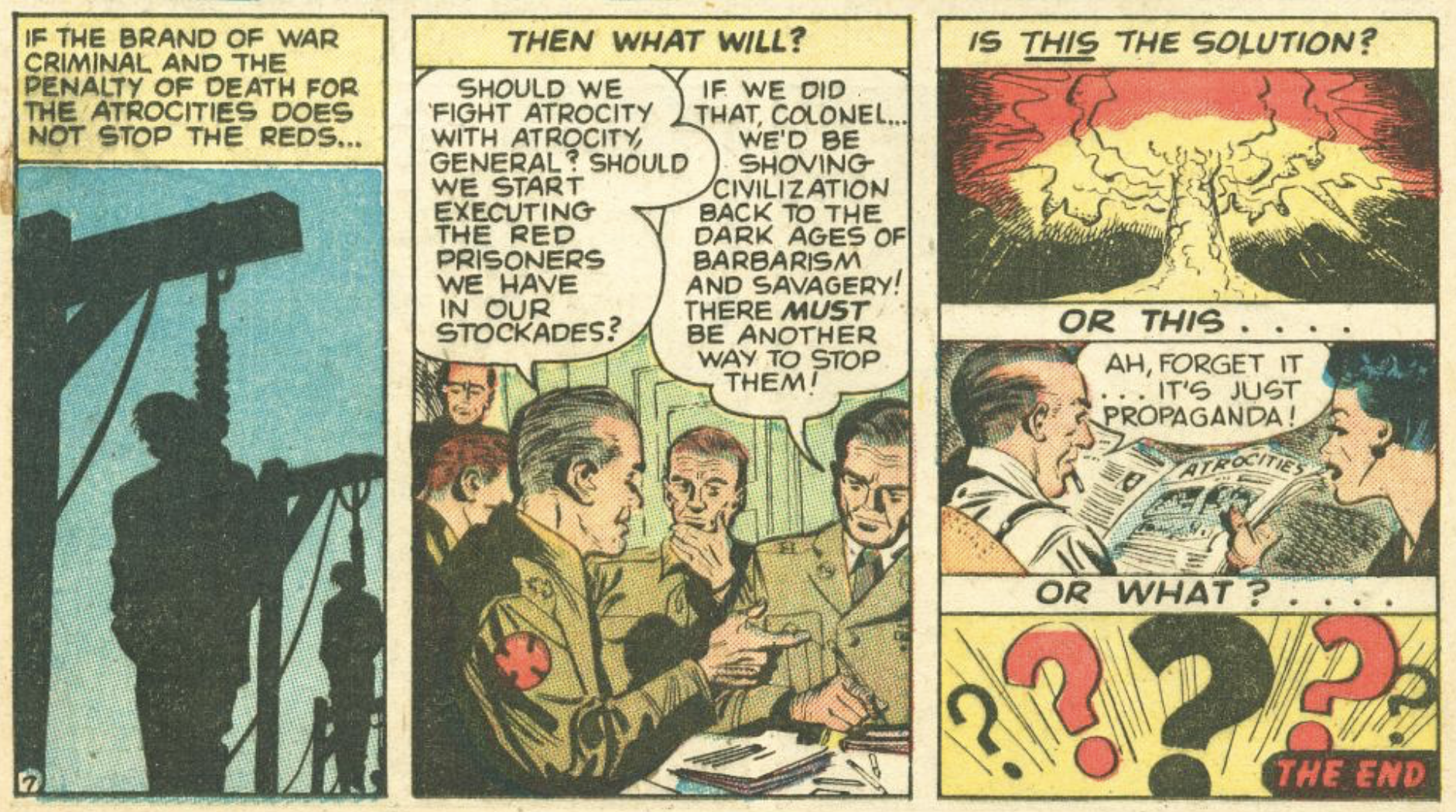Editor’s Note: This is the first installment in a two-part column. The second column is available here.
After a few years as a teaching assistant, I was given an opportunity to be a part-time teaching fellow in my institution’s University Writing Program. I was beside myself. I love teaching writing! A playwright before I enrolled in a PhD program, I had taught free playwriting workshops through theatres and community groups. I had reveled in my students’ enthusiasm and energy, their engagement with learning dramatic writing, and their sheer joy at writing a play.

Jazz has inspired the way that Mary F. Casey thinks about teaching students to write. Jens Thekkeveettil/Unsplash
But after my first day teaching writing in the academy, I realized I wasn’t in Kansas anymore. For, unlike my happy-go-lucky playwriting students, my undergraduates lacked enthusiasm for writing. Although they worked hard, they found no joy in mastering thesis statements and topic sentences, nor did their hearts beat faster for structure and organization. They were fulfilling a requirement, trying to get a good grade.
A disheartening experience, yes, but likely familiar to anyone who teaches the academic essay. True, that conventional form may indeed help students structure their arguments and learn the basics of grammar and voice. But how do you teach something whose rote format and correlation with an external assessment preclude obvious intrinsic rewards? Moreover, how do you enable students to claim writing assignments as their own? Most important, how does teaching the academic essay prepare our students for future careers in an ever-changing world?
I certainly don’t have all the answers, but working with students on their writing has taught me important lessons. For example, I have learned that sometimes even a fairly formulaic academic essay can generate its own rewards. When I was a history tutor, a hard-working but frustrated student asked me what she had to do to get her essays beyond the A- plateau. We went over her work in detail. Indeed, her papers were well-argued, and her analyses were strong. Her verbs, however, were passive to the point of mushy, which stifled her authorial voice. I suggested she start by making every verb strong and active. “Every single verb?” She seemed horrified. “Just give it a try,” I said. She did, and she nailed it. The result was a confident tone that underscored strong analytical writing and did indeed bag her an A. She definitely liked that extrinsic reward, but in the process of doing the work she also mastered a skill, one that gave her prose an unaccustomed swagger and put a smile on her face.
How do you enable students to claim writing assignments as their own?
Sometimes, when a topic hits home, even a fairly conventional essay assignment can create rewards far beyond the acquisition of academic skills. In one assignment in a composition class, I asked students to describe a memorable personal experience. I was amazed by a stunning essay submitted by a student whose previous work had been competent but somewhat disengaged. With unsentimental but aching clarity, the writer narrated one of the weekend “family visits” spent with her incarcerated father. She was initially nervous about the topic, wary of the pain it would bring up and of the vulnerability of exposure. But somehow the process of putting it in writing helped her claim the experience as her own, which allowed her to share it with her instructor, an audience of one. “I didn’t want to write it,” she admitted to me later. “But now I guess I’m kind of glad I did.”
Since we can’t always predict what use students will make of the assignments we give them, we need to stay open to the ways they may use them for their own purposes. This was brought home to me by a shy first-generation undergraduate. English was not her first language, and she was worried about the college’s required writing competency test. She had recently completed an assignment on Frederick Douglass’s autobiography, and that gave her an idea. “You know how Frederick Douglass wrote his life story?” she asked. “What if I wrote a diary of my life, and then you went over it?” So, for the next two months, she wrote daily entries, and I gave her feedback once a week. At first, her entries were tentative and fragmentary, but they became more descriptive as she gradually developed a structure and tone. Not surprisingly, she passed the exam. Using the tools at hand, she had found a way to develop her own fluency and maybe a little more appreciation for history. “I know this may sound strange,” she said, “but I think this made me understand Frederick Douglass a little better.”
Something in this memory strikes a chord as I muse over preparations for another year of teaching the academic essay. That student was improvising. Then a phrase from my own undergraduate career at the University of California, Berkeley, suddenly comes to mind: “Learn the changes!” I laugh as I recognize it from my brief time playing in a campus jazz band. George Duke, the innovative jazz keyboardist, once visited, and we asked him the best advice for aspiring musicians. I anticipated he would emphasize the importance of creativity, or tell us never to give up our dreams, or at least to practice. Duke’s answer was quick and emphatic: “Learn the changes!”
You see, as every jazz musician knows, you have to learn the changes—meaning, the foundational structure of a piece, its standard form—before you can improvise. The 12-bar blues chord progression provides a structure with the understanding that the musician will then improvise. Just like a 12-bar blues, the academic essay provides a structural model that, once learned, can be modified, transcended, and generally messed with. It, too, is an invitation to improvise. At last, I had my pedagogic light bulb moment. How do I teach something that lacks intrinsic rewards? Allow for some improvisation in essay assignments, for starters. In a recent world history course, for example, students had to imagine a conversation between Christopher Columbus and Thomas Hobbes on their respective views of earthly and divine rule. These essays rocked! In one version, Hobbes slumped and grumbled while Columbus preened; another student presented them as dormmates called to task by their RA—all carefully incorporating direct quotes from primary sources and using Chicago Style citations. Just like my playwriting students back in the day, these undergrads were enjoying the process of writing!
Just like a 12-bar blues, the academic essay provides a structural model that, once learned, can be modified, transcended, and generally messed with.
How does creativity and improvisation help our students in their future lives and careers? In the immortal words of Doris Day, “Que será, será.” We can’t prepare our students for jobs that don’t yet exist or for transformations in the academy years down the road. But we can send them off with knowledge of good writing, its structures and forms. And we can couple that with the greatest preparation of all: an invitation to improvise.
I can vouch for the importance of improvisation from personal experience, both as a teaching fellow and as a human resources administrator, an unexpected “day career” I undertook for over 20 years while playwriting. In HR, you quickly come to appreciate a hard worker with a nimble mind, the person who is always interested in learning something new, who can pivot and shift gears, and who proofread their cover letter that one last time.
Who knows? Maybe in the future our students won’t have jobs that require writing skills, but we want them to succeed if they do. Maybe they will have the same career all their working lives, but we want them to be prepared if, like me, they have several. Maybe they will want to improvise. And if they do, they will have learned the changes.
Mary F. Casey is a history PhD candidate at the University of California, Riverside and a teaching fellow in the University Writing Program.
This work is licensed under a Creative Commons Attribution-NonCommercial-NoDerivatives 4.0 International License. Attribution must provide author name, article title, Perspectives on History, date of publication, and a link to this page. This license applies only to the article, not to text or images used here by permission.
